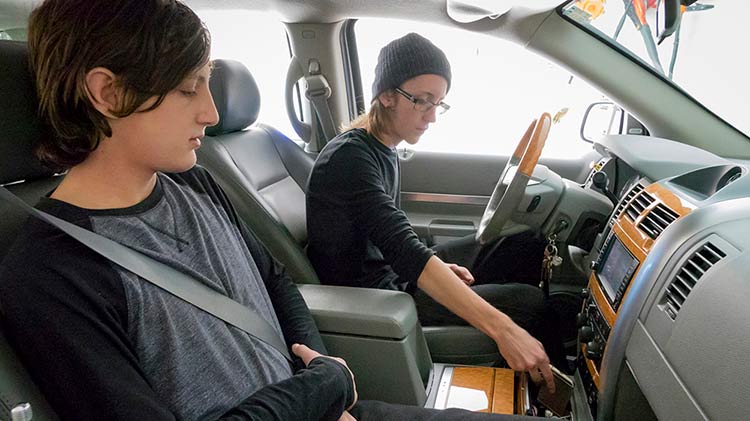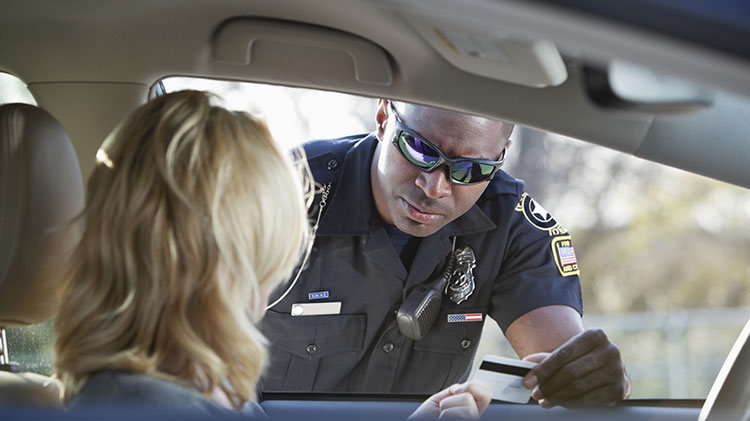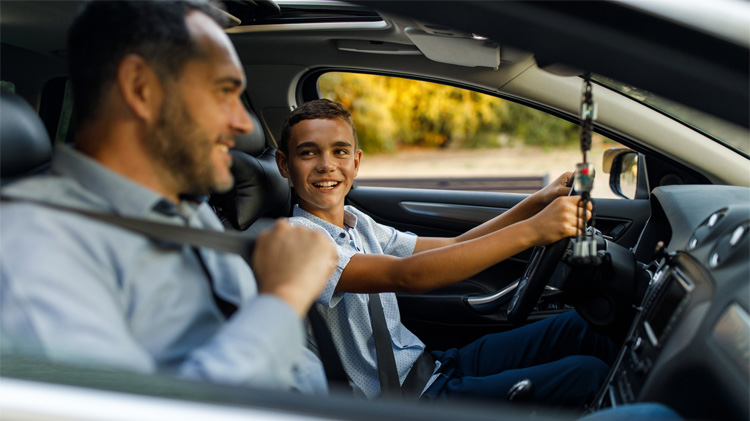Teen passenger safety
Talk to your young driver about passenger safety and learn some tips to help keep teen drivers and their passengers safe while in the car.
When teens start driving, chances are their teen friends are learning to drive too — so at some point your teen is likely to be a passenger in a car driven by someone without much experience. According to the CDC, the risk of a teen having a car accident increases when they have teen or young adult passengers with them. And one of the leading causes of death in teens is car accidents. Some teen driving statistics show that during 2020, 56% of teen passenger fatalities happened when another teenager was driving.
Teen passengers can help lower this risk by limiting distractions, respecting the driver and wearing a seat belt. Here are some quick tips for teaching your teens to be safety-minded passengers:
- Talk about how to be a safe passenger. Distracted driving is a major cause of crashes, and passenger distractions are particularly dangerous for new drivers. Discuss helpful passenger behaviors such as reading directions when asked and respecting the driver by not talking loudly, chatting on a cell phone, playing loud music or acting disruptively.
- Insist on seat belts. According to the NHTSA, in 2020 52% of teen drivers who died weren't wearing seat belts. Explain that by buckling up, they'll help protect their friends' lives, as well as their own because in a crash, an unrestrained body can hurt others in the car.
- Don't let your child ride with a driver who has less than a year of experience. Most teen crashes are the result of "rookie" mistakes. Even the most mature teen needs time to gain driving experience through adult-supervised driving. According to DMV.org, some studies show that the risk of teens getting into accidents increases when they have passengers in the car, and that inexperienced drivers get distracted easier when driving with younger passengers like friends and siblings.
- Pay attention. To help them make good safety decisions, keep the lines of communication open. Know where they are going and why, and discuss how they will get there and when they will be home. Provide alternatives, like rides, to help them avoid unsafe driving situations.
- Create a code word. Help teens get out of unsafe situations by having them call or text you with a previously agreed-upon code word that signals trouble. When you hear or see the word, pick them up right away.
- Lead by example. Consider these good driving behaviors: wear a seat belt, don't speed, and don't talk on a cell phone or text while driving.
- Do not ride with substance-impaired drivers. Remind your teen to not get in a car with any driver who is impaired due to alcohol or any other substance. Drunk driving is not only illegal, but it can be fatal. In 2020, 30% of all traffic fatalities involved a driver who was alcohol-impaired. In addition, encourage your teen to make smart choices when leaving prom and graduation parties.
Learn more about teen driver safety and tools for new drivers with these additional tips. And feel free to reach out to a State Farm® agent if you want to learn more about car insurance for teens and new drivers.




